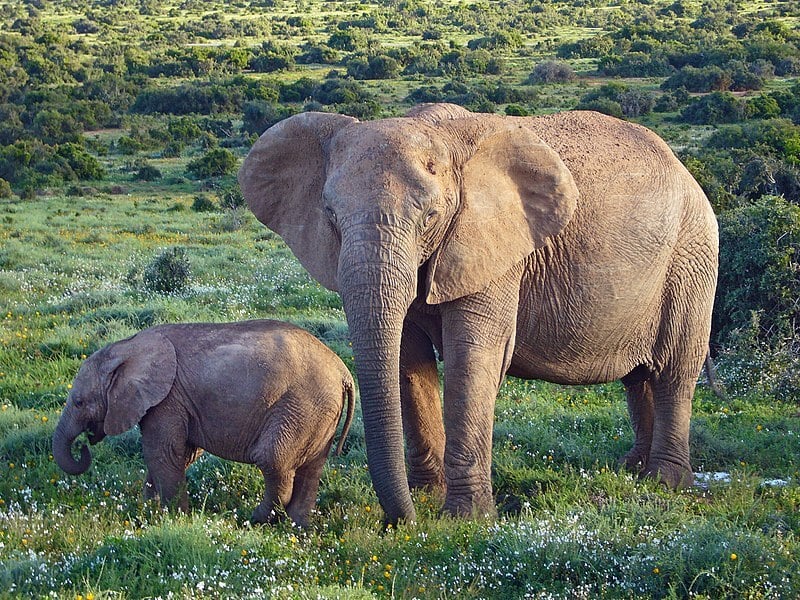Teaching students about science is a fun and exciting challenge. One of the best ways to keep children engaged is through visual learning. In fact, roughly 65% of the human population are considered visual learners. So, if you’re looking for the best ways to stimulate minds and get students interested in science, educational videos are a great route. We’ve curated a list of science videos for fourth graders. Here you’ll find educational science videos that range from robotics to real weather scenarios.
Educators get free access to Boclips Classroom to share these videos directly with students in an ad-free, distraction-free platform. Sign up to share more than 1.7M safe, educational videos.
How to Build a Rube Goldberg Machine
What are Rube Goldberg machines? They are machines that complete a simple task in a convoluted way. And, these machines are intriguing, artistic, and fun. If you ever wanted to make one, this video, aptly titled “How to Build a Rube Goldberg Machine,” will show you how to build a Rube Goldberg machine. In this science video for fourth graders, learn the concept of kinetic energy and how to build a machine that will delight users and solve a simple task.
Parts of a Plant
You probably recently ate something that came from a plant. It could have been grains of rice, which are from seeds; you may have eaten a carrot, which is the root, chewed on celery, which is the stem, pak choi, which is leaves or maybe enjoyed some kind of fruit.
Plants come in all different shapes and sizes, but they all have several structural features in common. In this video, “Parts of a Plant,” you’ll learn about the structural features of plants and learn to identify and describe the structural features of plants. This video explains the functions of the root system, stem, leaves, and flower in a plant and teaches how to recognize the importance of photosynthesis in plant leaves.
How do Bees Make Honey?
It's time to answer one of your most asked questions: How do bees make honey? After watching this video, “How do Bees Make Honey?” you may never think of honey in the same way ever again. First, you’ll learn about the main source of energy for honey bees and how they make honey.
Learn about the role of nectar in honey production and its collection by worker bees and discover the process of turning nectar into honey through the use of digestive enzymes. From there, you can become an expert on the "vomit chain" process in which bees transfer nectar to create honey. And, finally, get a lesson in the steps in honey production, including drying and storage by bees.
The Robot Challenge
Robots are everywhere. In this episode of Crash Course Kids called “The Robot Challenge,” Sabrina shares a problem with us that can probably be solved by building an awesome robot. So let's take the robot challenge.
This science video for fourth graders teaches us about the role of engineering in solving various problems and how to identify the engineering process and its steps. Students will explore the concept of prototypes and testing in engineering and learn how to isolate and manipulate variables. Find out how to apply critical thinking and creativity in designing engineering solutions.
The Science of Tsunamis: How They Occur and How to Survive Them
This video, “The Science of Tsunamis: How They Occur and How to Survive Them,” explains the science behind tsunamis, including their causes and how they can be predicted. It also provides real-life tips on how to survive a tsunami, such as seeking higher ground and staying away from downed power lines and debris.
Want to learn more about natural disasters? This science video for fourth graders educates about the causes of tsunamis, including earthquakes, volcanic activity, and collisions of near-Earth objects. Explore the destructive power of tsunamis and the devastation they can cause to coastlines and human life and the concept of large-scale ocean displacement and the similarity to regular waves. Examine the methods used to predict tsunamis, such as the use of pressure recorders on the ocean floor and satellite transmission of data. Discover ways to survive a tsunami, including seeking higher ground, staying away from downed power lines, and avoiding buildings and bridges.
Tasha Shelton
Tasha Shelton is the Partnerships and Licensing Lead at Boclips, where she fosters relationships with content partners, acquires new content, and curates video collections for customers. Before joining Boclips, she spent 15 years as a secondary school teacher in US public schools.
- #Classroom
- #Video in Digital Learning
- #Educational Videos
- #Tips for Using Video
- #Video Content Partners
- #Boclips for Publishers
- #Issues in Education
- #Educational Videos by Subject Area
- #News and Announcements
- #Events & Holidays
- #Video and Teaching Tools
- #Teaching Methodologies
- #Education Videos
- #Video and Digital Literacy
- #Short Educational Videos
- #Instructional Design
- #Multimodal Learning
- #Video and Student Safety
- #Accessibility in Education
-3.png?width=390&height=223&name=Untitled%20design%20(2)-3.png)


.png?width=1152&height=660&name=Copy%20of%20Untitled%20Design%20(1).png)








